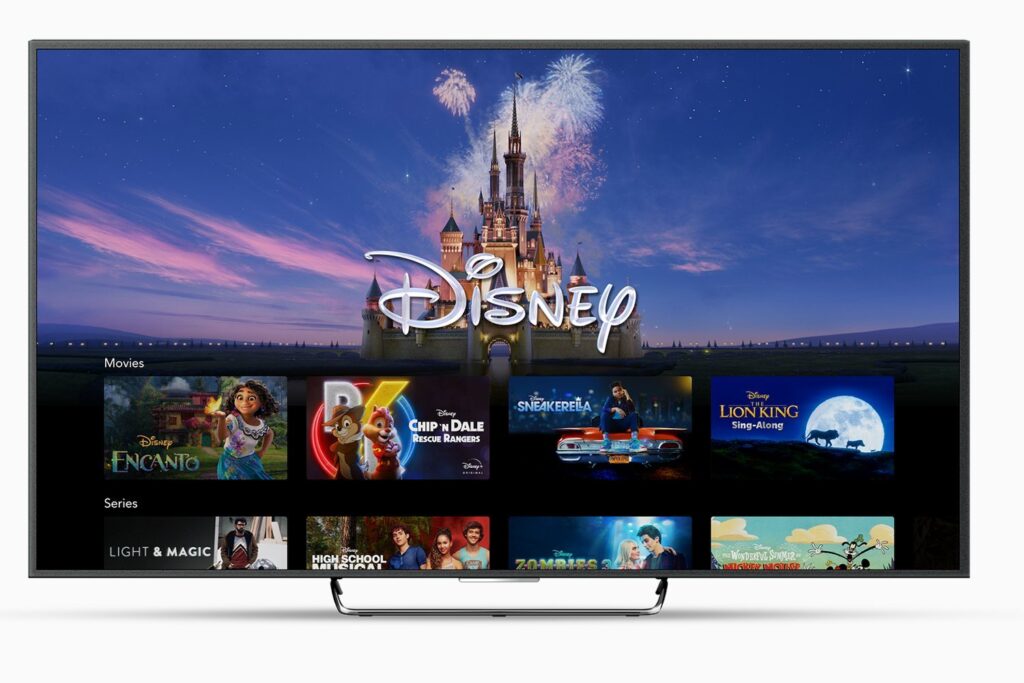The days of Disney+ growing like gangbusters seem well and finally over. Disney stock is down slightly on Wednesday following its release of earnings for the final three months of 2024, which included the news that its eponymous streaming service lost 700,000 subscribers. The company expects further “modest” declines through 2025, perhaps the consequence of successive price increases, the institution of a crackdown on password sharing, and a reduction in content spend. Hulu was a bright spot, adding 1.6 million subscribers.
Disney+ now has 124.6 million subscribers, down from 125.3 million, while Hulu sits at 53.6 million subscribers, up from 52 million. Overall, Disney’s financial performance beat expectations, with earnings per share of $1.76 on revenue of $24.7 billion. Analysts on Wall Street had expected earnings of $1.43 per share on $24.55 billion in revenue. Disney’s parks did particularly well, which is something most other streamers do not have to supplement their streaming businesses.
After Bob Iger returned as CEO in 2022 because he just could not seem to give up power, he set out an aggressive plan to reach profitability in streaming with a promise that Disney+ would break even by the end of 2024. The company was able to achieve that, with the final three months of 2024 marking its third straight quarter of streaming profitability. That has required becoming more fiscally responsible and making its streaming services less enticing, including by raising prices, introducing an ad-supported tier, and more recently targeting password sharing.
Disney+ received a lot of criticism from fans who said the company was causing fatigue and watering down its IP by producing too much new content. After returning to the helm, Iger said Disney would reduce the amount of content it produced with the goal of improving the overall quality and profitability of streaming after several years of pumping out a monumental amount content to try and compete against Netflix. Investors on Wall Street were okay with heavy content spend for some time, but eventually began to demand that the likes of Disney and Warner Bros. stop bleeding cash and start returning profits.
Netflix has only continued to grow and maintain its lead as the clear winner in streaming. It added a record 19 million subscribers to close out 2024—with total subscribers crossing 300 million—and has found success with its introduction of an ad-supported tier and foray into live content, two initiatives that were unthinkable in the past. Netflix gets richer and richer while the rest of the streaming industry is looking like has-beens.
The problem for Disney and other streamers is that their catalogs remain much smaller than Netflix’s, and have higher churn. Consumers will sign up for a service, watch a new season of their favorite show, and then cancel. Netflix does not have the same churn problem because it has a huge backlog of content and continues to spend $17-18 billion per year on new content. It does not help that Disney+ is more geared towards children and teens, limiting its appeal; how many times do people really want to rewatch The Simpsons? Disney expects to spend $24 billion in 2025 on new content, but 40% of that goes towards sports rights; spending on new TV shows and movies might actually decrease.
Fortunately for Disney, it remains the king of programming for children, and was able to release some hit movies in 2024 after several years of successive flops like “Lightyear” and “Strange World.” Its lucrative theme parks also create for a flywheel effect—children who watch Disney content want to visit the parks, where passes are quite pricey these days. Which is to say, it makes sense to look at Disney+ more holistically as a service that reinforces the popularity of Disney’s other lines of business.
At least for parents, Disney+ will likely remain on the monthly credit card statement. Disney’s other service, ESPN+, might eventually be a bright spot as more sports moves to streaming.







